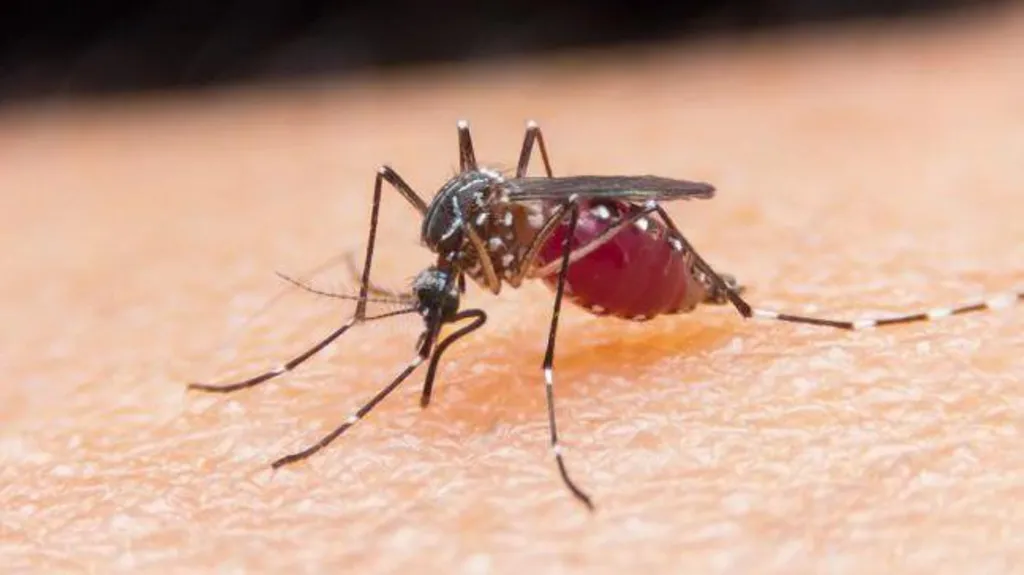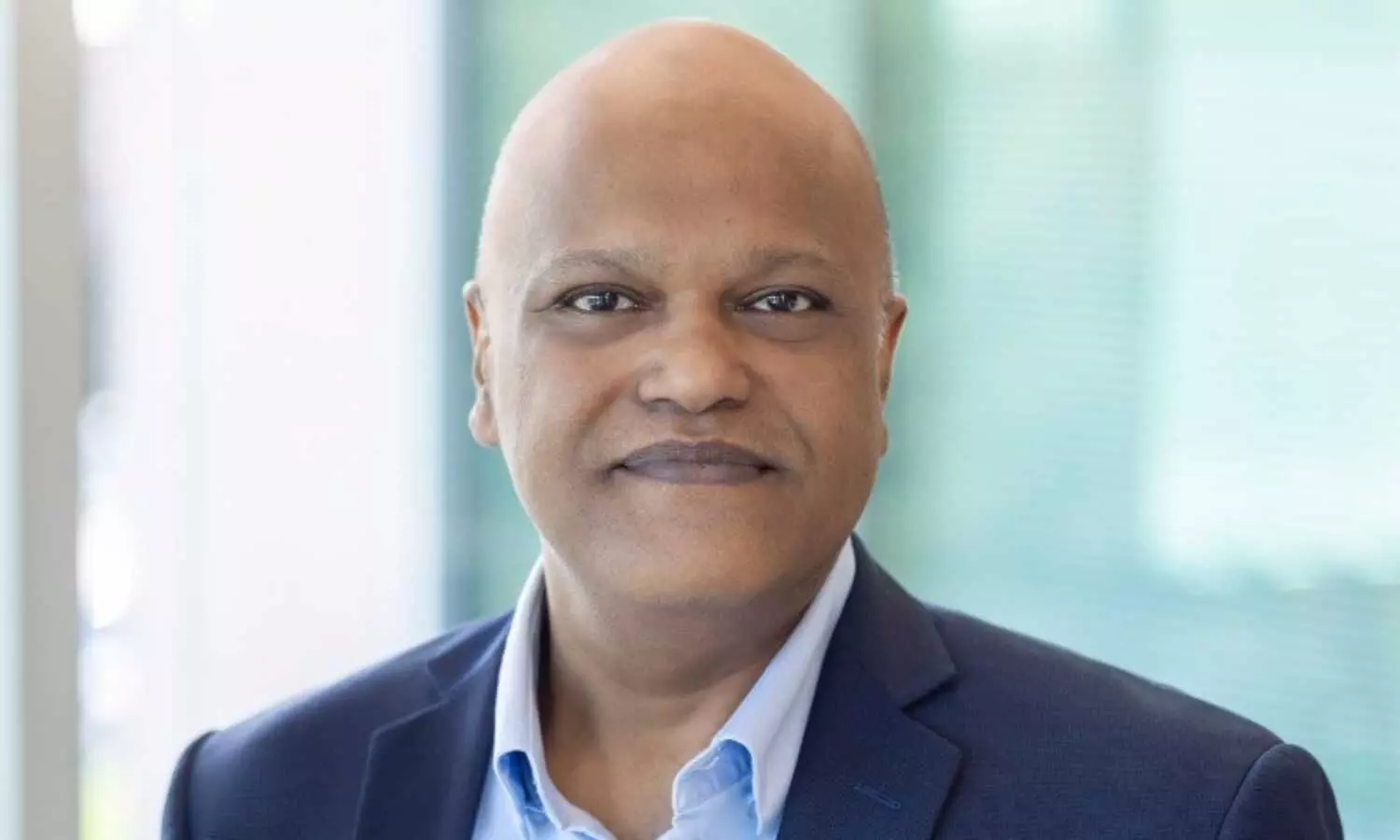Employee's homemade meal blamed for mass food poisoning at Maryland seafood distributor - FOX 5 DC
- Employee's homemade meal blamed for mass food poisoning at Maryland seafood distributor FOX 5 DC
- ‘Outside food’ responsible for Jessup food poisoning incident, Howard health officials say Baltimore Sun
- Meal from an outside source believed to be behind illnesses at Jessup, MD, company Food Safety News
- 46 people who were taken to hospital for showing symptoms of food poisoning are OK, officials say WBAL TV Baltimore
- Officials investigate suspected food poisoning incident in Maryland; 46 hospitalized USA TODAY
1 year 1 week ago
Bird flu cases in people tick up: Dozens reported across 6 states - NBC News
- Bird flu cases in people tick up: Dozens reported across 6 states NBC News
- Bird flu infects four in Washington state; CDC deploys team The Hill
- Washington reports 4 suspected H5 avian flu infections in poultry workers University of Minnesota Twin Cities
- Bird Flu Update as Virus Suspected in Four Washington Farmers Newsweek
- Four test positive in WA’s first human bird flu infections The Seattle Times
1 year 1 week ago
"Zombie" Aging Cells May Speed Up Brain Decline - Neuroscience News
- "Zombie" Aging Cells May Speed Up Brain Decline Neuroscience News
- Could ‘zombie cells’ in the skin be aging your brain too? Mayo Clinic
1 year 1 week ago
Menopause: 6 surprising symptoms you didn't know about - Yahoo Life
- Menopause: 6 surprising symptoms you didn't know about Yahoo Life
- What is the menopause – and how does it impact women’s health and work life? World Economic Forum
- Supporting women through the change Jamaica Observer
- The Overlooked Reality of Menopause Post Register
- Weekly Wellness: Menopause FOX 17 West Michigan News
1 year 1 week ago
Health – Demerara Waves Online News- Guyana
Study on competence of university-trained nurses needed- UWI Nursing School Director
1 year 1 week ago
Health, News, Caribbean Nursing Organisation conference, competence study, Dr Oscar Ocho, patient outcomes, professionalisation impact, theory and practice, University of the West Indies' (UWI) School of Nursing, university-trained nurses
Vitamin D Deficiency in Childhood Linked to Higher Autoimmune Risk - Neuroscience News
- Vitamin D Deficiency in Childhood Linked to Higher Autoimmune Risk Neuroscience News
- How vitamin D deficiency can lead to autoimmune diseases Medical Xpress
- New guidelines released for vitamin D testing and supplementation Harvard Health
- What’s the right time for sunlight intake for Vitamin D? We ask the experts The Indian Express
- Why we need vitamin D — and sun exposure isn't the only way to get it Yahoo Life
1 year 1 week ago
How vitamin D deficiency can lead to autoimmune diseases - Medical Xpress
- How vitamin D deficiency can lead to autoimmune diseases Medical Xpress
- New guidelines released for vitamin D testing and supplementation Harvard Health
- What’s the right time for sunlight intake for Vitamin D? We ask the experts The Indian Express
- Why we need vitamin D — and sun exposure isn't the only way to get it Yahoo Life
- Vitamin D has more health benefits than previously known, study says. How can we get it? The Columbus Dispatch
1 year 1 week ago
Health Archives - Barbados Today
Egypt declared malaria-free after 100-year effort
1 year 1 week ago
Health, Middle East, World
IQ-screening is the latest frontier of baby engineering - UnHerd
- IQ-screening is the latest frontier of baby engineering UnHerd
- US startup charging couples to ‘screen embryos for IQ’ The Guardian
- Genetic screening of embryos for IQ is causing a stir Morning Brew
- Rise of the superbaby? US startup offers genetic IQ screening for wealthy elite: report Fox News
- US startup offers embryo IQ screening, sparking ethical concerns | Tap to know more | Inshorts Inshorts
1 year 1 week ago
Medical News, Health News Latest, Medical News Today - Medical Dialogues |
Allergan's Botox Cosmetic now approved for treating platysma bands
1 year 1 week ago
News,Industry,Pharma News,Latest Industry News
Health – Demerara Waves Online News- Guyana
Guyana greenlights Brazilian investors’ plan to build medical school in Rupununi
1 year 1 week ago
Business, Education, Health, News, Brazilian investors, Lethem hospital, medical school, Rupununi, sod-turning ceremony, University of Guyana (UG), University of the West Indies (UWI)
Medical News, Health News Latest, Medical News Today - Medical Dialogues |
FDA approves Laser system for long term treatment of inflammatory acne
1 year 1 week ago
Dermatology,Dermatology News,Top Medical News,Latest Medical News
Adult ADHD Is Common. Treating It May Require New Ways of Thinking - CNET
- Adult ADHD Is Common. Treating It May Require New Ways of Thinking CNET
- 25% of U.S. adults suspect they have undiagnosed ADHD, survey finds: What experts want you to know CNBC
- Kids with ADHD May Still Have Symptoms as Adults Scientific American
- 25% of adults think they have undiagnosed ADHD, survey shows. A doctor shares what to know. CBS News
- What to Know About ADHD in Adults Health Matters
1 year 1 week ago
Medical News, Health News Latest, Medical News Today - Medical Dialogues |
CVS Health CEO steps down amid financial challenges
1 year 1 week ago
News,Industry,Pharma News,Latest Industry News
Health – Demerara Waves Online News- Guyana
Georgetown’s transformation plan to promote walking, fewer vehicles, history, culture, business
1 year 1 week ago
Business, Culture, Culture & Society, Health, Municipality, News, Politics, bicycle lanes, bicycling, city parks, culture and heritage, Georgetown development plan, Georgetown transformation plan, green walkways, industry and commerce, markets, people-centric, walking, waterfronts, wellness
Health – Demerara Waves Online News- Guyana
Crashed GDF helicopter’s voice recorder damaged; report being finalised – aviation minister
1 year 1 week ago
Aviation, Business, Defence, Health, News, Bell 412EPI helicopter, crash, damaged cockpit voice recorder, Guyana Defence Force (GDF), Guyana jugle, Investigation, National Transportation Safety Board (NTSB)
Medical News, Health News Latest, Medical News Today - Medical Dialogues |
Gland Pharma names Shyamakant Giri as new CEO
1 year 2 weeks ago
News,Industry,Pharma News,Latest Industry News
Pharmacist's vitamin D warning as some people are risking cancer - Surrey Live
- Pharmacist's vitamin D warning as some people are risking cancer Surrey Live
- New guidelines released for vitamin D testing and supplementation Harvard Health
- What’s the right time for sunlight intake for Vitamin D? We ask the experts The Indian Express
- Why we need vitamin D — and sun exposure isn't the only way to get it Yahoo Life
- Easy ways to increase your Vitamin D intake The Times of India
1 year 2 weeks ago




